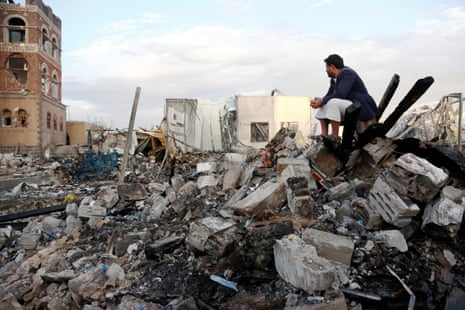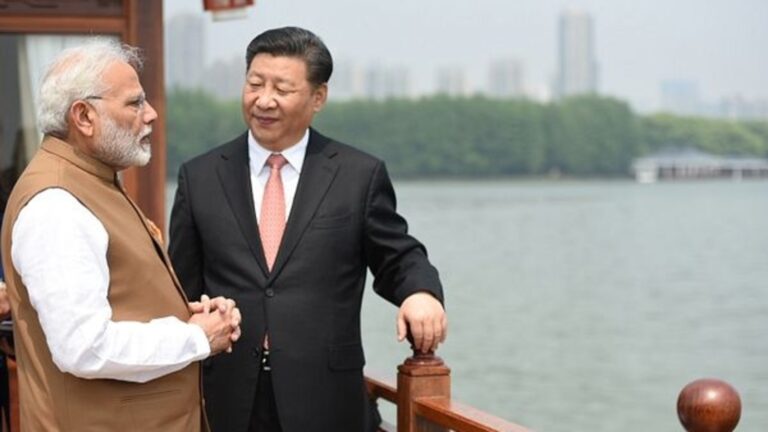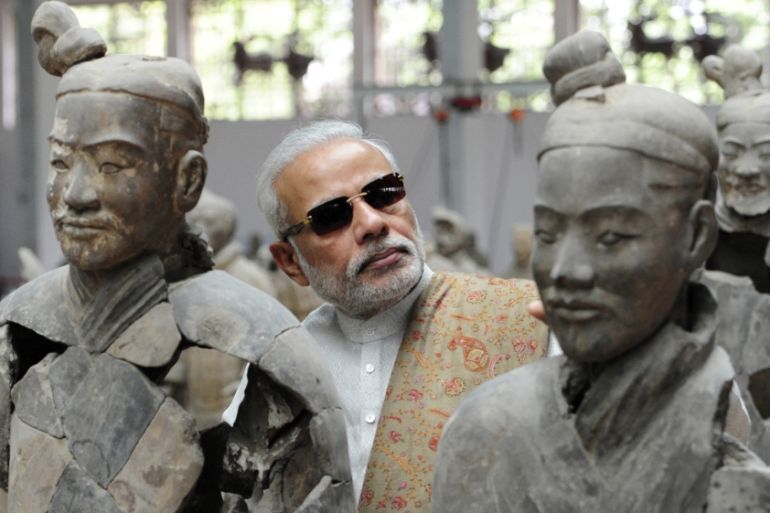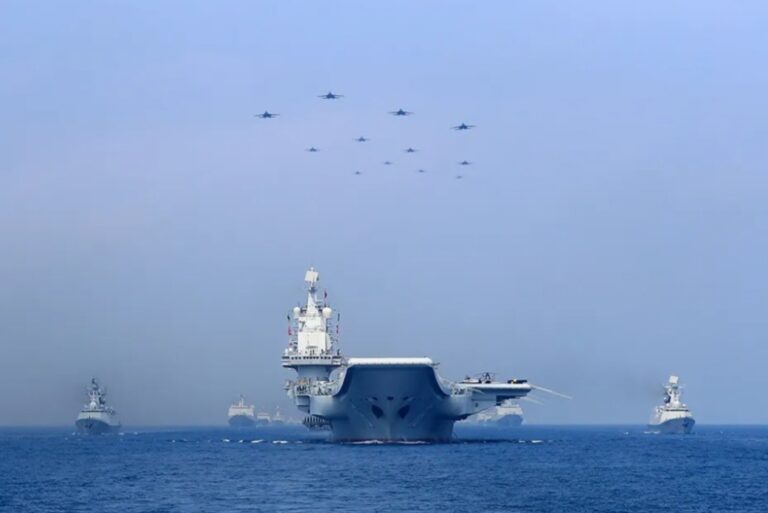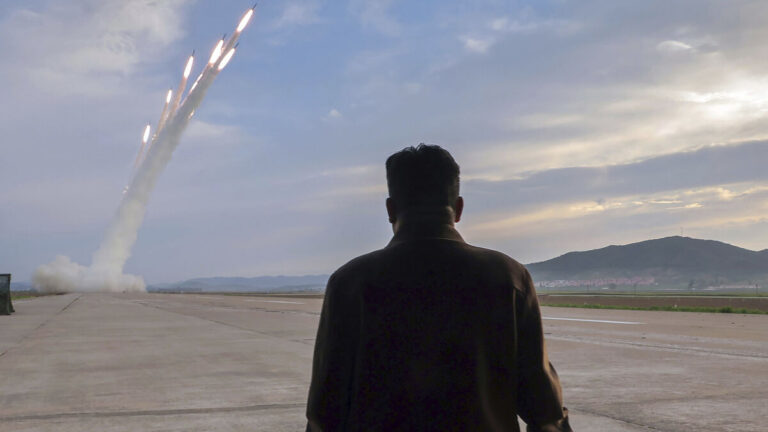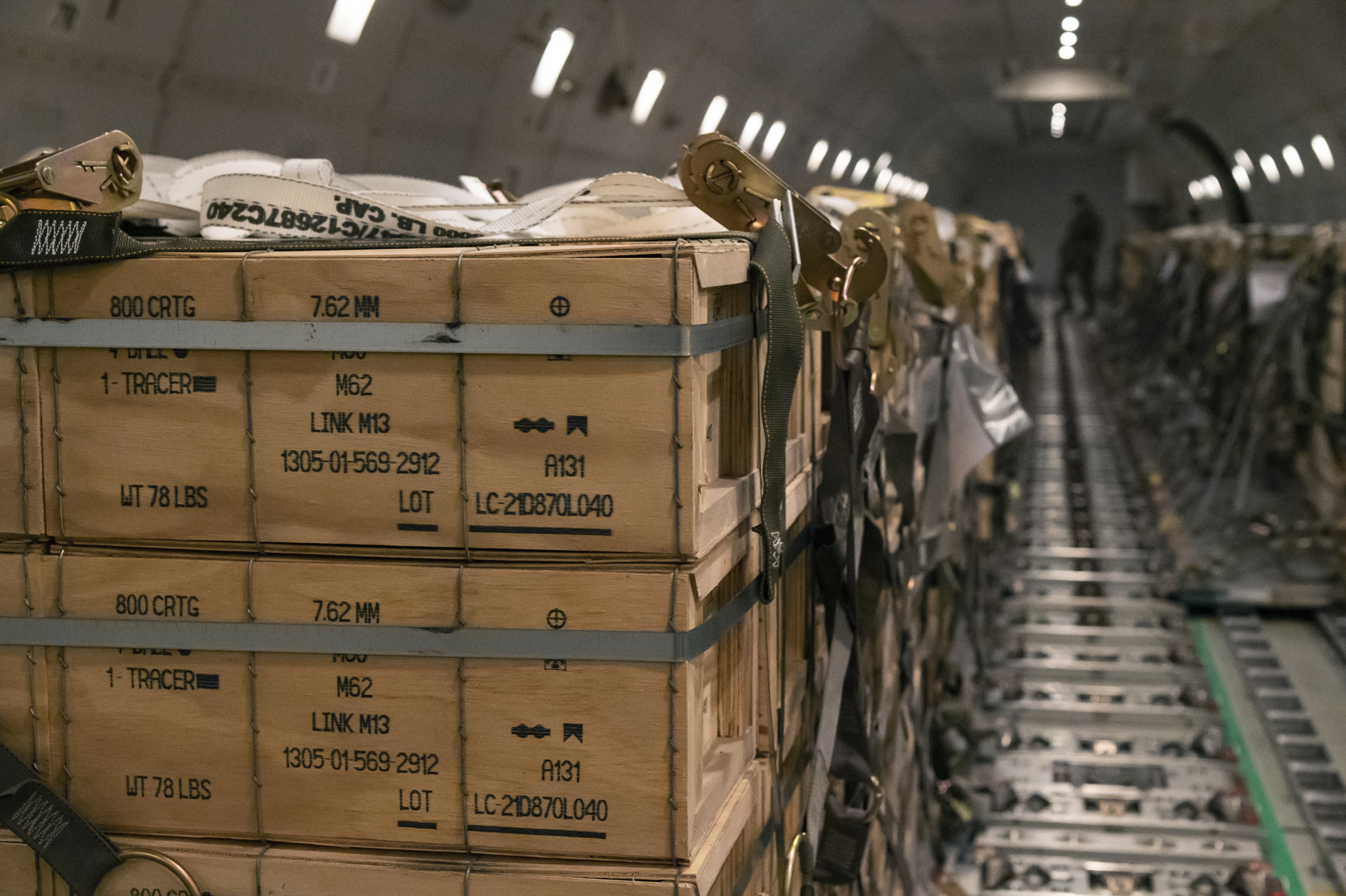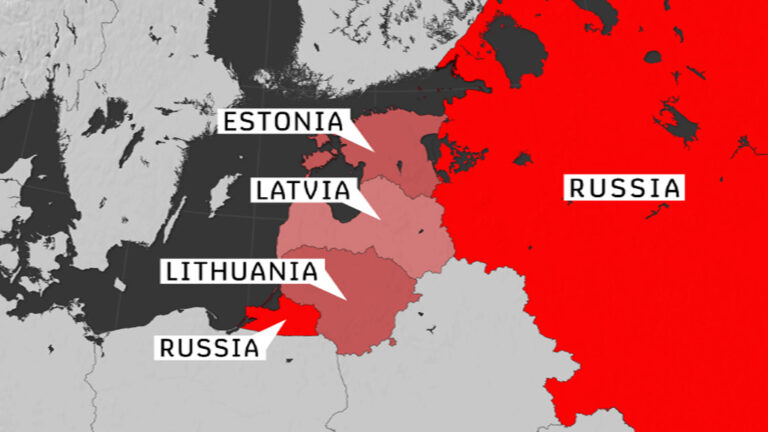Balochistan, The Land Pakistan Lost Control Over
When it comes to foreign affairs and geopolitics, there’s always heated debate. But strangely, there has been a deafening silence around Pakistan lately. However, one issue that refuses to be buried under censorship and state suppression is Balochistan – Pakistan’s largest province by land area, located in the country’s southwestern region.
The conditions in Balochistan are dire, and the harsh reality is that the province has slipped from Pakistan’s control. The most recent flashpoint came when protests erupted against enforced disappearances and state oppression. Instead of addressing the grievances, Pakistani security forces responded with bullets. Three protesters were killed, including a 12-year-old boy named Nehmatullah. What threat could a child possibly pose to the Pakistani state? Only the authorities can answer that, but the fact is – Balochistan is no longer in Pakistan’s grip.
The Forgotten Independence of Balochistan
Balochistan was once an independent entity. In fact, on August 11, 1947, it declared its independence, just three days before Pakistan was born. Even Muhammad Ali Jinnah himself initially supported Balochistan’s sovereignty, repeatedly stressing that it should be an independent nation.
On August 4, 1947, a crucial meeting took place in Delhi, attended by Lord Mountbatten (India’s last Viceroy), the Khan of Kalat, Kalat’s Chief Minister, Muhammad Ali Jinnah, and Jawaharlal Nehru. The key issue – the future of Balochistan.
At that time, Balochistan consisted of three major regions—Kharan, Lasbela, and Kalat. It was agreed that Kharan and Lasbela would merge with Kalat to form the independent nation of Balochistan. Everyone in that meeting reached a consensus. But once the merger was completed, Jinnah had other plans and what followed was nothing short of betrayal.

The Betrayal of Balochistan, Jinnah’s Political Deception
At the time of Partition in 1947, Balochistan was not meant to be a part of Pakistan. The Khan of Kalat, who was the ruler of the most significant Baloch princely state, had no intention of merging with Pakistan. Even Muhammad Ali Jinnah himself, who was then acting as a legal advisor to Kalat, initially supported the idea of an independent Balochistan.
However, Jinnah played a dangerous game once Pakistan came into existence. Instead of honoring the agreement, he began pressuring the Khan of Kalat to merge with Pakistan. The Khan resisted, arguing that Balochistan had no historical, cultural, or political ties to Pakistan and had already declared independence on August 11, 1947 – four days before Pakistan’s own independence.
But by March 1948, Pakistan’s military was ordered to invade Balochistan. Under immense pressure and facing an imminent military takeover, the Khan of Kalat was forced to sign the instrument of accession on March 27, 1948. This was not a democratic decision, it was a forced annexation. Balochistan was taken by Pakistan against the will of its people.
The Immediate Aftermath. The First Baloch Revolt (1948)
As soon as Balochistan was forcefully integrated into Pakistan, protests and armed resistance erupted across the region. The first armed uprising was led by Prince Abdul Karim, the younger brother of the Khan of Kalat. He and his followers took up arms against the Pakistani state, demanding the restoration of Balochistan’s independence.
But Pakistan’s response was brutal, the military crushed the rebellion with excessive force.Baloch fighters were captured, tortured, and executed. Any voices of dissent were silenced through fear and repression.
This set the precedent for what would follow over the next seven decades – a cycle of Baloch resistance met with brutal state suppression.
The Balochistan Struggle. A War for Identity and Independence
It is clear that Muhammad Ali Jinnah was never truthful about Balochistan’s future. The moment the Kalat merger was finalized under duress, the Pakistani Army moved in and occupied Balochistan. From that day until now, the Baloch people have never forgotten Jinnah’s betrayal.
The people of Balochistan have been systematically plundered, their resources exploited, their leaders silenced, and their families shattered by forced disappearances. These crimes, enforced disappearances, extrajudicial killings, and oppression, are undeniable truths. However, today, the Baloch struggle has gone beyond these grievances. It is no longer just about injustice, it has transformed into a full-fledged fight for independence.
There is a well-known saying: “10,000 years Baloch, 1,400 years Muslim, 75 years Pakistan.”
This statement perfectly encapsulates the Baloch identity, they are a civilization that predates Pakistan by millennia. Balochistan never accepted Pakistan’s sovereignty, nor did its people consider themselves part of the Pakistani state. The attempt by Pakistan to assimilate Baloch leaders into mainstream politics has failed miserably. While some leaders did try to engage politically, they always knew one thing – the Baloch identity cannot be erased. The day Pakistan forgets this truth is the day Balochistan will be engulfed in fire.
The Pakistani establishment wants to impose an identity that does not exist – “1,400 years of Islam, 75 years of Pakistan”, but what about the Baloch?”

The Rise of the Baloch Liberation Army (BLA)
The atrocities of the Pakistani military in Balochistan have reached horrifying levels – mass killings, torture, abductions, and forced disappearances. This repression led to the formation of the Baloch Liberation Army (BLA) in the 1990s, an armed insurgent group that fights against Pakistani forces. Over time, other militant groups also emerged, but the BLA remains the most successful and feared resistance force.
In retaliation, Pakistan intensified its brutal crackdown, increasing disappearances and killings. However, when oppression reaches unprecedented levels, it breeds even stronger resistance. From the BLA, another group emerged – the Majid Brigade.
The Majid Brigade. Warriors Who Fight to Die
Majid Brigade is composed of fighters committed to “do-and-die” operations. These individuals tell their families to consider them already dead, as they take up arms and disappear into the mountains to fight. It was Majid Brigade that carried out major operations like the Jaffer Express attack, and they have successfully infiltrated and attacked Pakistani military camps.
The scale of the conflict is staggering –
—More than 45,000 Baloch have been forcibly disappeared.
—At least 5,000 missing persons have been found dead.
But make no mistake, this is not a new development. These brutalities have been ongoing for decades. While the Jaffer Train attack was a major operation, Baloch insurgents have launched similar large-scale attacks in the past.
The question is – how long can Pakistan suppress a nation that refuses to bow down?
The Exploitation of Balochistan’s Resources
Balochistan is Pakistan’s largest and most resource-rich province, yet it remains its most underdeveloped. The region is home to vast reserves of natural gas, coal, gold, copper, and other minerals, yet the Baloch people see little to no benefit from these resources. Instead, Pakistan’s ruling elite and military establishment have plundered the province’s wealth while keeping its people in extreme poverty.
Take the Sui Gas fields, for instance. Discovered in 1952, these fields supply nearly 40% of Pakistan’s total natural gas, yet Balochistan itself does not have access to this gas. Cities like Quetta, Gwadar, and Turbat suffer from gas shortages while industries in Punjab and Sindh thrive on Balochistan’s resources. This pattern of economic exploitation has fueled resentment among the Baloch population for decades.
Gwadar, A Strategic Port, A Local Nightmare
One of the biggest examples of Pakistan’s exploitation of Balochistan is Gwadar Port, a key project under the China-Pakistan Economic Corridor (CPEC). Touted as the “future of Pakistan’s economy,” Gwadar is being developed with heavy Chinese investment, yet the local Baloch population has been completely sidelined.
Mass Displacement: Thousands of Baloch fishermen and locals have been forcibly evicted from their ancestral lands to make way for Chinese-backed infrastructure projects.
Security Checkpoints Everywhere: Gwadar has been turned into a heavily militarized zone, with Pakistani security forces controlling movement and suppressing any dissent.
No Benefits for Locals: Despite being one of the most important projects for Pakistan’s economy, Gwadar remains underdeveloped, with no basic amenities like clean drinking water, healthcare, or proper electricity supply for its residents.
The Baloch see Gwadar not as an opportunity but as a land grab by Pakistan and China, further fueling anti-state sentiments.
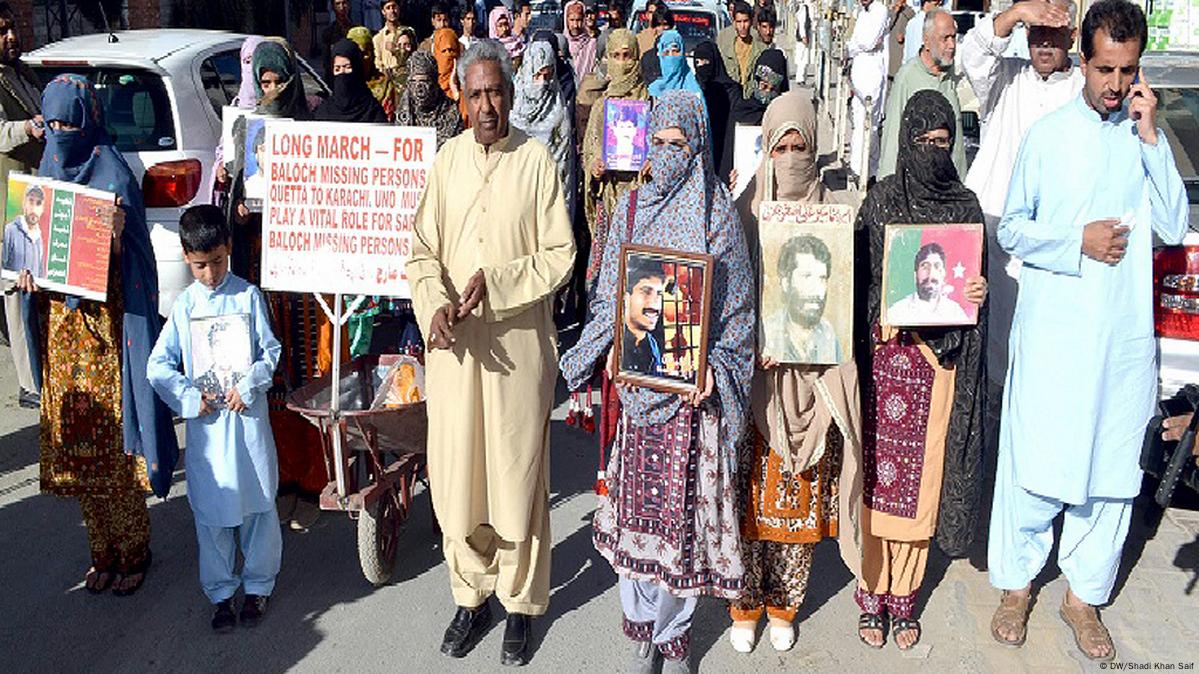
Pakistan’s Heavy-Handed Response
Decades of marginalization, resource exploitation, and military oppression have given rise to a fierce insurgency in Balochistan. Groups like the Baloch Liberation Army (BLA) and Baloch Republican Army (BRA) have taken up arms against the Pakistani state, targeting military convoys, infrastructure, and even Chinese interests.
In response, Pakistan’s military and intelligence agencies (ISI, FC, and Army) have unleashed a reign of terror in the province –
Enforced Disappearances: Thousands of Baloch men, women, and even children have gone missing—abducted by Pakistani forces, never to be seen again.
Kill and Dump Policy: The bodies of many missing persons have later been found in mass graves or dumped in remote areas, bearing signs of torture.
Crushing Protests with Violence: The recent protest crackdown, where a 12-year-old child, Nehmatullah, was shot dead, shows Pakistan’s complete disregard for human rights in the region.
Pakistan’s fear of Balochistan stems from the possibility of losing control over a resource-rich and strategically vital region. But the reality is that the state has already lost the trust of the Baloch people.
Dr. Mahrang Baloch. The Face of Baloch Resistance That Haunts Pakistan
While Balochistan’s fight for independence is not new, the fear gripping Pakistan today is unprecedented. The reason is Dr. Mahrang Baloch – a woman whose unyielding conviction for Baloch rights has shaken the Pakistani establishment.
Her story is one of courage and defiance. Last winter, Dr. Mahrang Baloch and a group of Baloch women traveled to Islamabad with a simple request – Tell us where our missing loved ones are. Are they dead or alive?
Their demand was not outside the law, they simply sought answers guaranteed under Pakistan’s own constitution. But the state responded with brute force.
The Pakistani authorities unleashed sheer brutality against these peaceful demonstrators:
—Water cannons in the freezing winter night.
—Lathi charge (baton charge) on unarmed women.
—Women dragged by their hair and their clothes torn.
This state-sponsored terror once again exposed Pakistan’s double standards. The Pakistani military cannot unleash such cruelty on armed insurgents like the BLA, but peaceful protestors demanding their rights are crushed mercilessly.
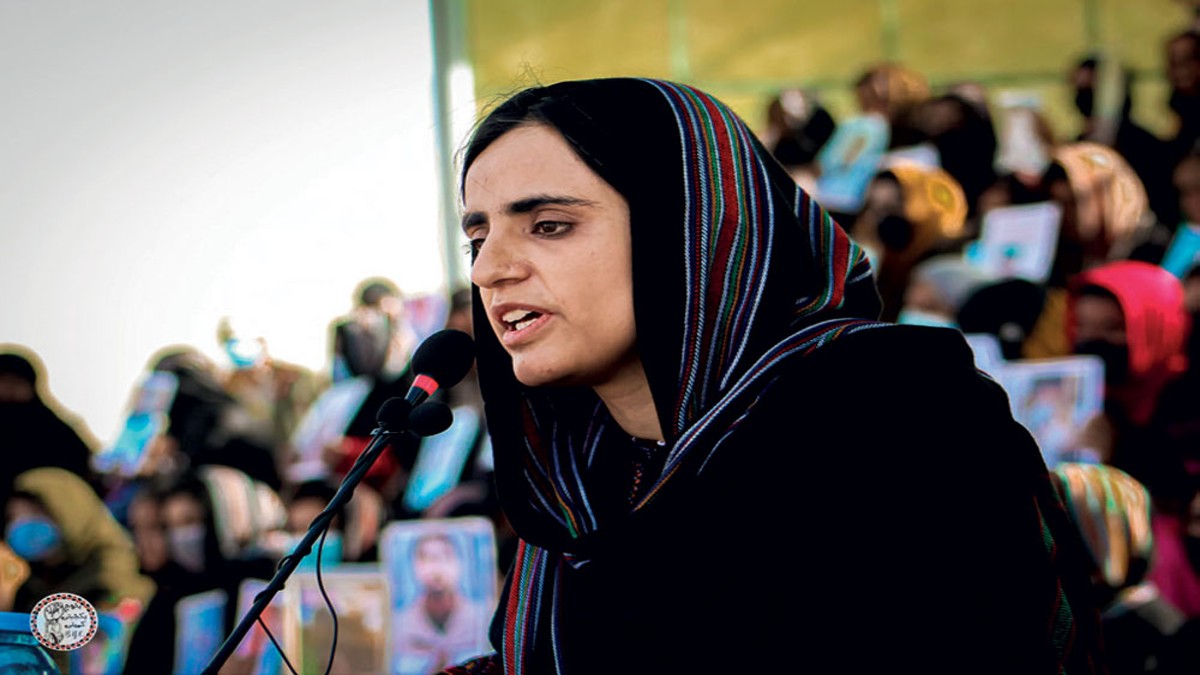)
The Pakistani State’s Paranoia and Crackdown Plans
Today, what is happening in Balochistan is no longer just a struggle but it is a full-fledged separatist movement and in response, the Pakistani military is preparing a massive crackdown.
Reports suggest that Pakistan’s military leadership, including Nawaz Sharif and General Asim Munir, recently met with Saudi Crown Prince Mohammed bin Salman to seek approval and financial aid for an upcoming military operation in Balochistan.
–After Eid, Pakistan is planning a major military operation.
–Medium artillery, helicopter gunships, and F-16 fighter jets may be used.
–Pakistan’s F-16 fleet which received a $400 million boost from the U.S. under Trump, might be put in use.
And who will suffer? Not just the insurgents, but innocent Baloch civilians, who have already been subjected to decades of state-sponsored genocide.
Why Pakistan Fears Dr. Mahrang Baloch More Than Armed Insurgents
For the first time, the Baloch separatist movement has found a powerful and independent voice in Dr. Mahrang Baloch. Unlike past leaders like Nawab Akbar Shahbaz Khan Bugti, who was a politician with power, Dr. Mahrang Baloch is completely disconnected from Pakistani politics.
—She is not part of the system.
—She does not seek political power.
—Her only goal is Balochistan’s independence.
This is why Pakistan is terrified, because a woman with unshakable conviction is a far greater threat than any armed rebellion.
Why This Crackdown is Different from the Past
Balochistan has always faced military repression, but this time, there’s a difference – Baloch separatists are more organized than ever. Dr. Mahrang Baloch has given the movement an unstoppable momentum and international attention on Pakistan’s human rights abuses is growing.
And this is exactly why Pakistan is panicking.
But India now has an opportunity to step up.
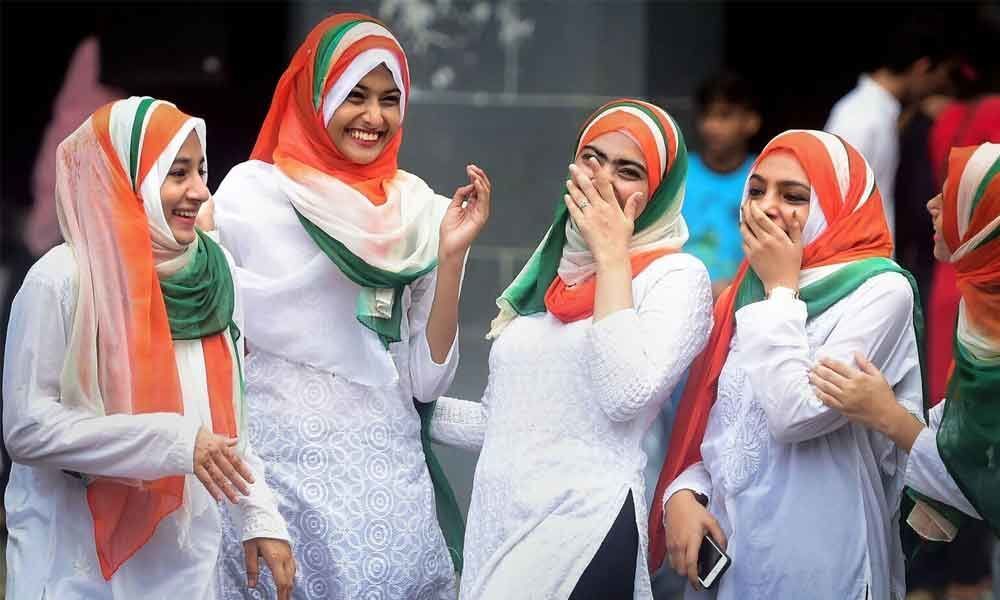
Should India Finally Take a Stand?
For decades, India has remained cautious on the Balochistan issue. But if Pakistan is openly suppressing an indigenous independence movement, why should India remain silent?
–Isn’t it time for India to recognize the Baloch struggle?
–Should India provide moral, diplomatic, and strategic support?
–Would an independent Balochistan weaken Pakistan permanently?
Balochistan’s fight for independence is no longer a regional issue but also a geopolitical flashpoint.
Should India and the world let Pakistan crush Balochistan with military force? Or is it time for a new chapter in South Asian history?
The Last Bit, The Moment of Reckoning for Balochistan
Balochistan’s fight for independence is no longer a forgotten struggle confined to history books but it is a living, breathing resistance that Pakistan has failed to crush despite decades of military oppression. The battle has now reached a point where it can no longer be ignored.
With the rise of Dr. Mahrang Baloch, the movement has found a new face, one that Pakistan’s military fears more than armed insurgents. When a cause gains a strong moral voice, it becomes even more dangerous to oppressive regimes.
But here’s the harsh reality – Pakistan will not stop. The planned military crackdown, backed by external powers and advanced weaponry, signals that Islamabad is willing to go to any lengths to maintain control over Balochistan. The world, as always, might just watch in silence.
And this brings us to the real question – where does India stand?
–Will India continue to play it safe, silently watching Pakistan’s atrocities unfold?
–Or is this the time for India to take a definitive stand in support of Balochistan’s right to self-determination?
Because if India chooses silence, it inadvertently chooses to side with Pakistan. And that is a choice history will remember.


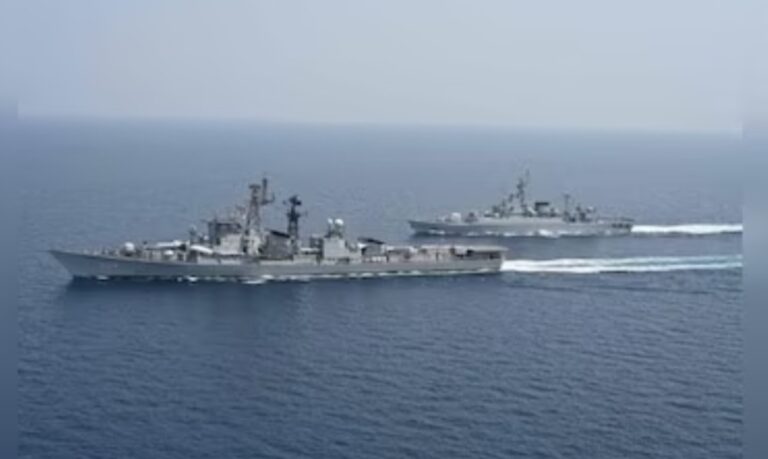









)




